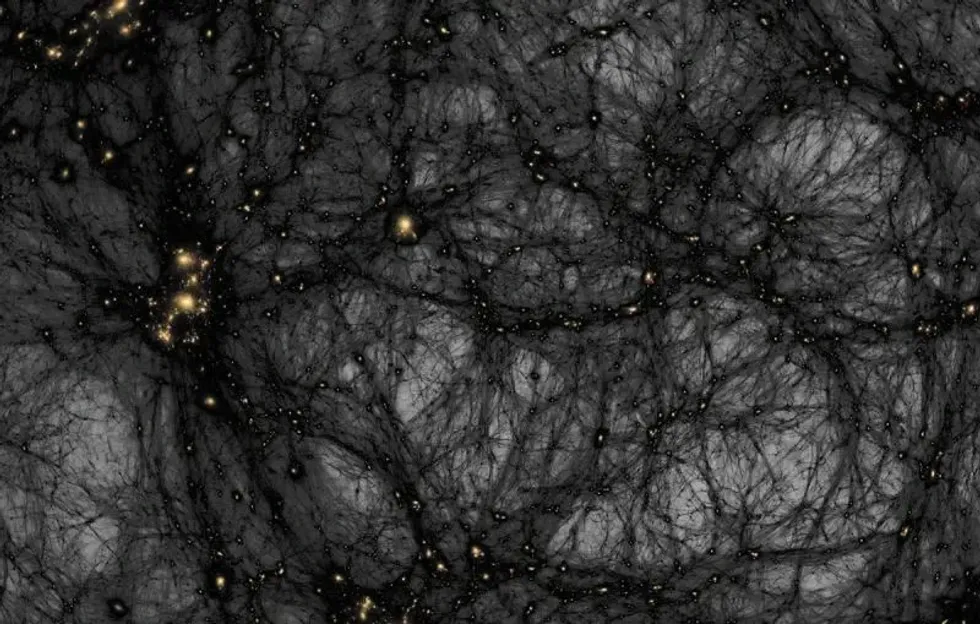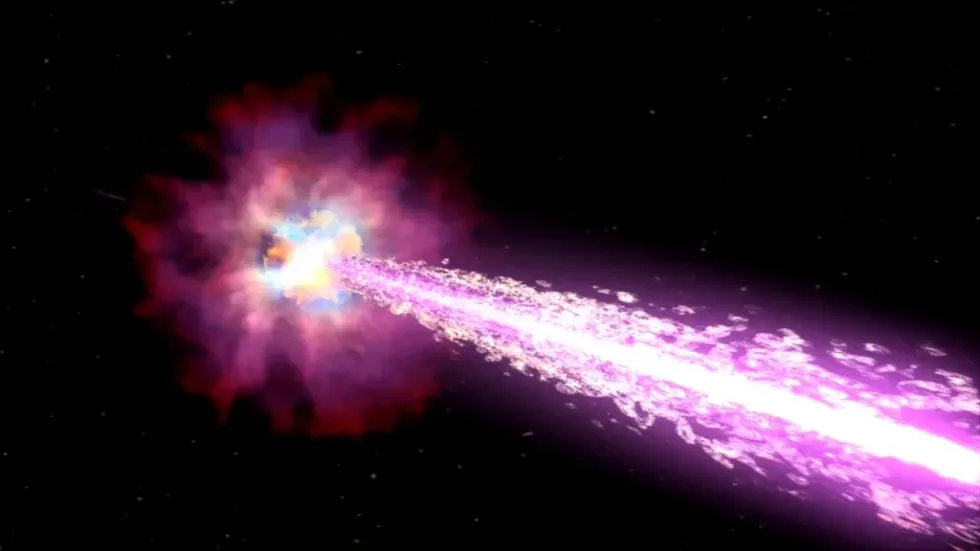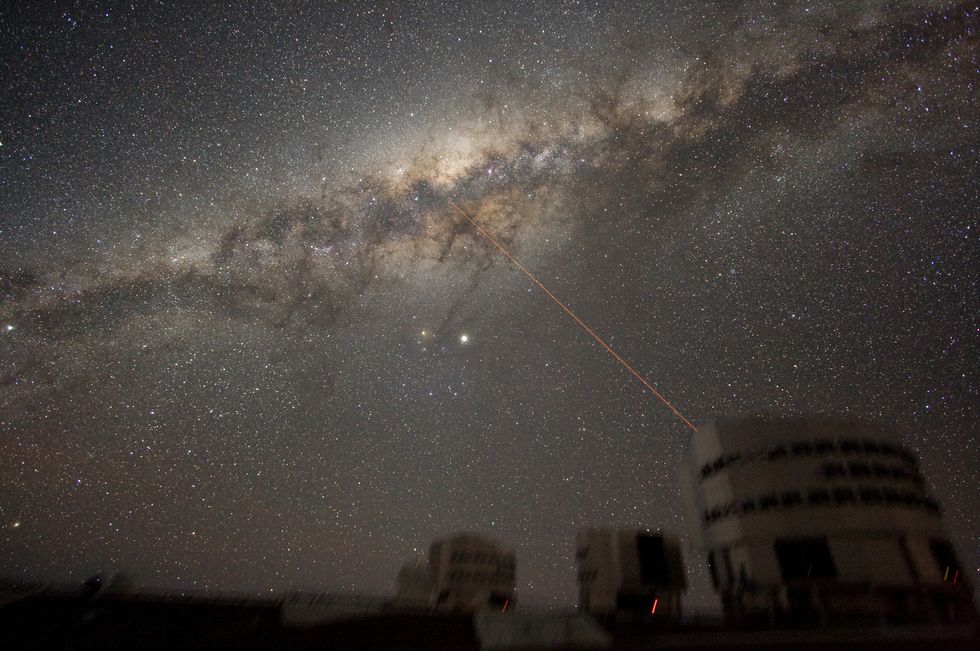Decades-old Milky Way mystery may finally be solved after scientists discover new form of dark matter

Astronomers have long been puzzled by developments in the 'central molecular zone' near our galaxy's core - but now, they could have their answer
Don't Miss
Most Read
Scientists have discovered that a new form of dark matter could simultaneously solve two long-standing mysteries at the heart of our Milky Way.
For decades, astronomers have been puzzled by unusually high ionisation rates in the "central molecular zone" or CMZ near our galaxy's core - in layman's terms, the number of atoms or molecules which lose their electrons in a given timeframe.
The CMZ spans almost 700 light years and contains some of the densest molecular gas in our galaxy.
Scientists have found this region is unusually ionised, with hydrogen molecules splitting into charged particles at a much faster rate than expected.
Researchers have also long detected a strange gamma ray "glow" at an energy of 511 kiloelectronvolts (keV).
Such a glow, first observed in the 1970s, occurs when electrons and their antimatter counterparts, positrons, collide - but its root cause has long remained unclear.

A new form of dark matter could simultaneously solve two long-standing mysteries at the heart of our galaxy
|NASA
Various explanations, including supernovas, massive stars and black holes, have been proposed, but none fully explain either phenomenon.
But now, both phenomena might have a common explanation, according to a new study published in the Physical Review Letters journal.
Researchers have proposed that a previously overlooked type of dark matter could explain both mysteries simultaneously.
This "light dark matter", with masses of just a few million electronvolts, is far lighter than the particles astronomers typically search for.
The study suggests these particles could interact with their antiparticles in the galactic centre, annihilating each other and producing electrons and positrons.
LATEST SPACE NEWS:

Researchers have also long detected a strange gamma ray 'glow' from the heart of the Milky Way
|NASA
This simple process could explain the observed ionisation rates without conflicting with known constraints from the early universe.
In the dense gas of the CMZ, these particles would quickly lose energy and ionise surrounding hydrogen molecules by knocking off their electrons.
Due to the region's density, the particles wouldn't travel far, depositing energy locally in a pattern matching observed ionisation profiles.
The positrons created would eventually slow down and annihilate with electrons, producing gamma rays at exactly 511 keV energy.
This provides a direct link between the unusual ionisation and the mysterious gamma ray glow.
The predicted ionisation profile from dark matter is remarkably flat across the CMZ, matching observations that show ionisation spread relatively evenly.
SPACE MYSTERIES SOLVED - READ MORE:

Future telescopes with better resolution will likely provide more information on the relationship between these phenomena
|WIKIMEDIA COMMONS
Point sources like a central black hole or a supernova cannot easily explain this pattern.
A smoothly distributed dark matter halo, however, provides a natural explanation.
This distinguishes the dark matter theory from other proposed causes, and strengthens the case that these mysterious signals may be revealing fundamental clues about dark matter's nature.
Future telescopes with better resolution will likely provide more information on the relationship between these phenomena.
Continued observations of the CMZ may help strengthen or rule out the dark matter explanation.
"These strange signals from the heart of the galaxy remind us that the universe is still full of surprises," the researchers said.











